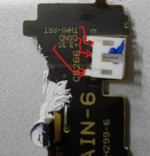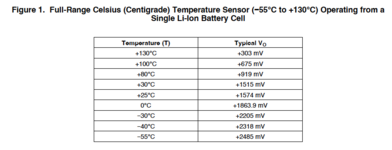Family_Dog
Administrator
I'm guessing it's that IC267, should look like a small black transistor (TO-92 shape). Pieter, please post a pic of the other side of the board.
Also, please measure the voltage on it, Ticla mentions 3.3v.
-F_D
Also, please measure the voltage on it, Ticla mentions 3.3v.
-F_D




